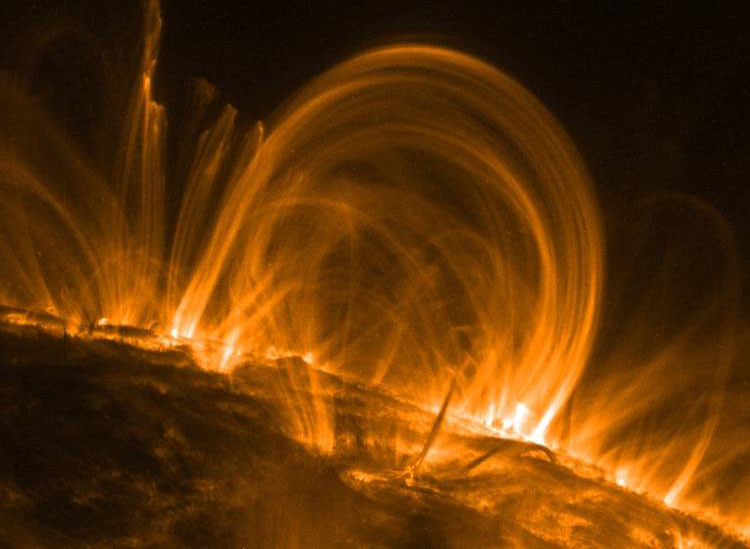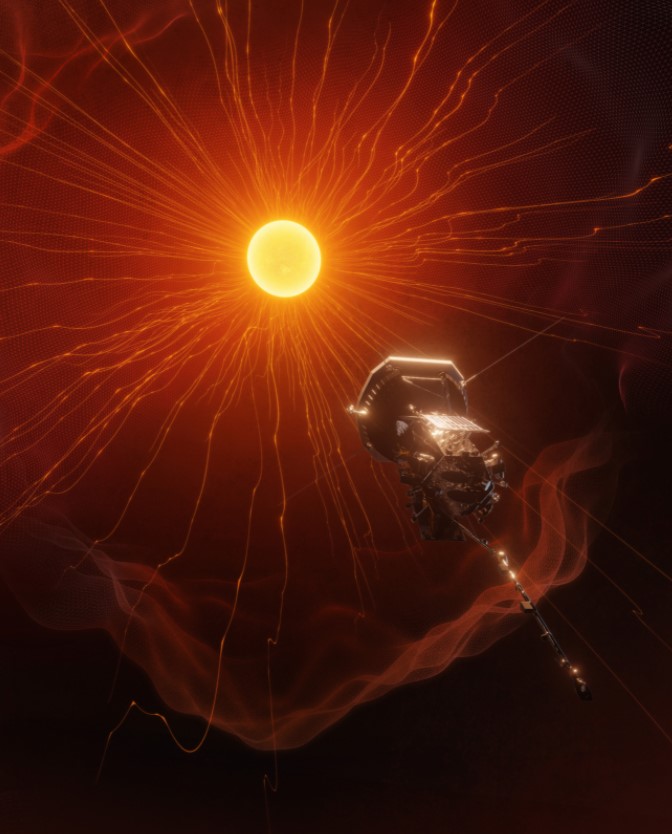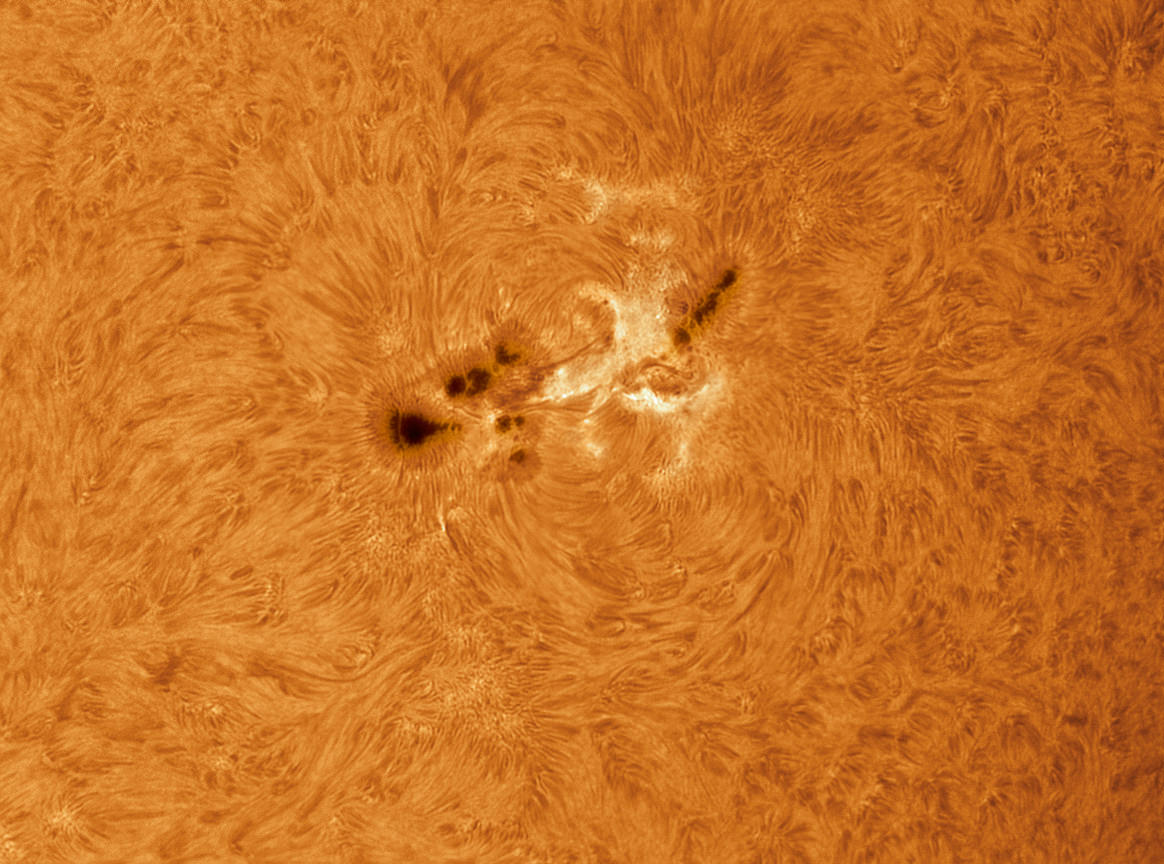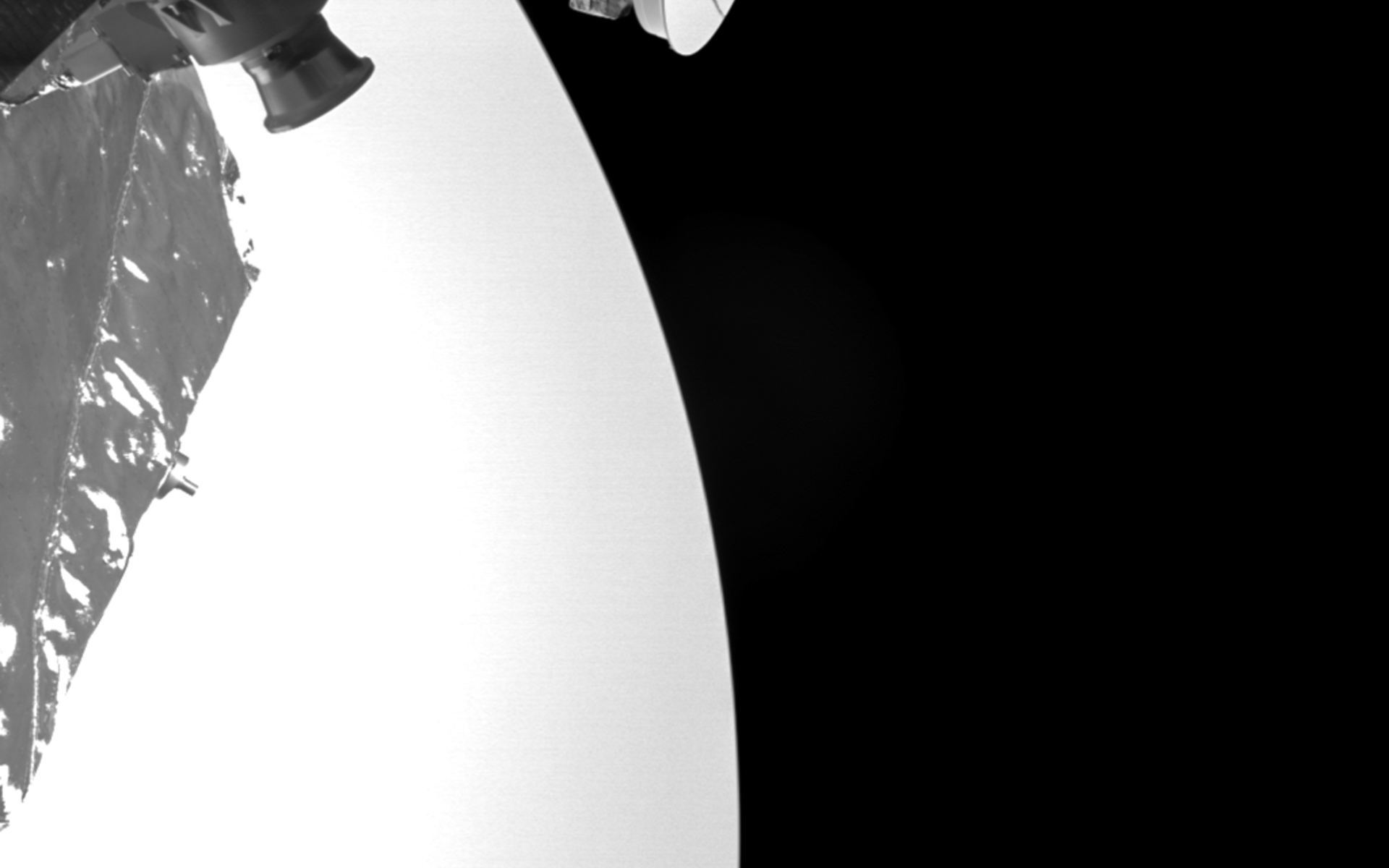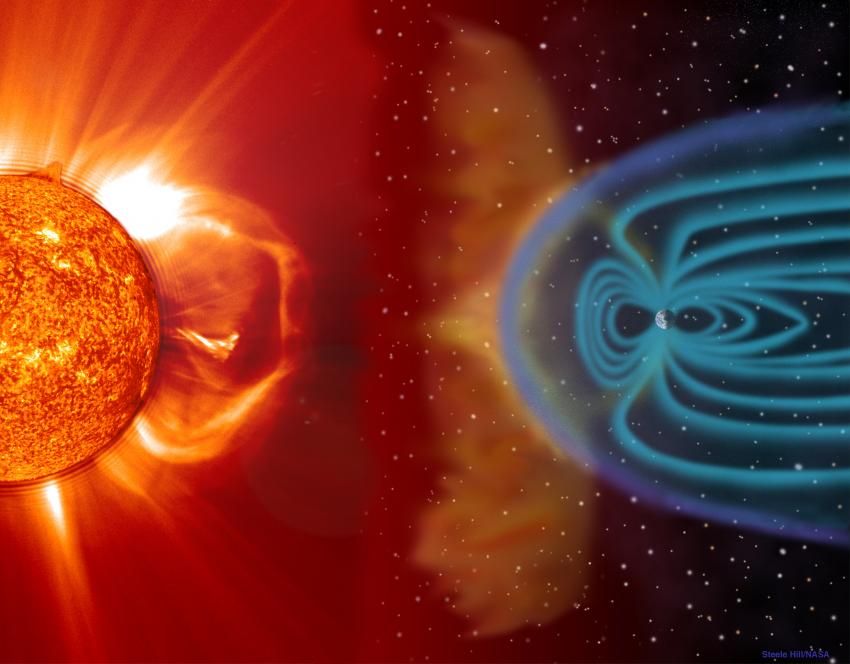We’ve all seen the gorgeous images and videos of coronal loops. They’re curved magnetic forms that force brightly glowing plasma to travel along their path. They arch up above the Sun, sometimes for thousands of kilometres, before reconnecting with the Sun again.
But a new study says that some of what we’re seeing aren’t loops at all. Instead, they’re a type of optical illusion. Do we know the Sun as well as we think we do?
Continue reading “Coronal Loops Might Not Be Loops At All”
